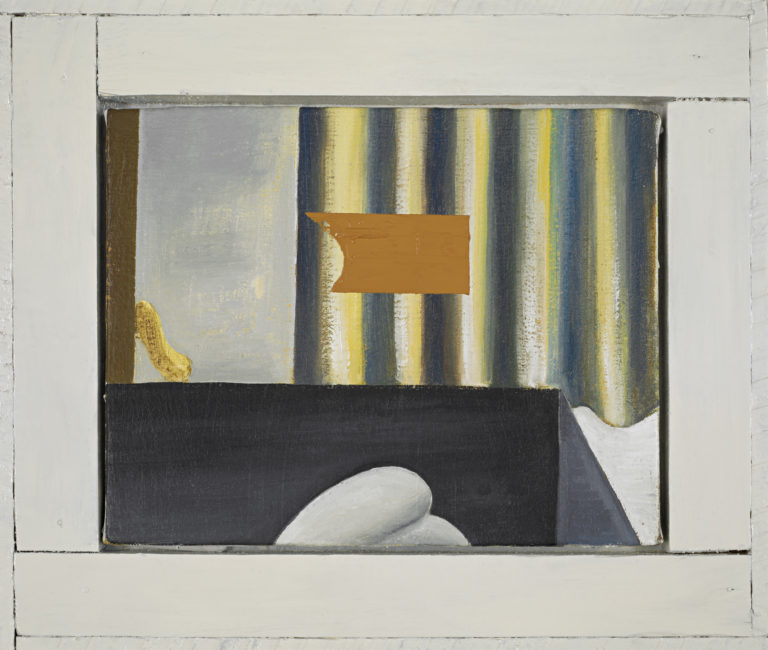Bibliography
Denys Zacharopoulos, Daniel Kurjakovic et Konrad Bitterli, Defraoui. Archives du futur 1975-2004, exh. cat. St. Gallen, Kunstverein St. Gallen Kunstmuseum, Geneva, Mamco, Thessalonique, Macedonian Museum of Contemporary Art, Nuremberg, Verlag für moderne Kunst: 164, n. 37.
Pier Luigi Tazzi, Denys Zacharopoulos et alii, Orient / Occident. Silvie & Chérif Defraoui, exh. cat. Geneva, Musée Rath, Antwerp, MUHKA, MUseum van Hedendaagse Kunst, Tours, Centre de Création Contemporaine, Graz, Neue Galerie am Landesmuseum Joanneum, Geneva, Édition Centre d’art contemporain, 1989: 45
Erika Billeter and Denys Zacharopoulos, Silvie & Chérif Defraoui. ‘Figures’ 1981-1985. Regard sur le présent 7, exh. cat. Lausanne, Musée cantonal des Beaux-Arts de Lausanne, Villefranche-sur-Saône, Centre d’Arts Plastiques, 1985.




In 1975, after respective careers in the visual arts (for her) and in writing and cultural criticism (for him, after training as a historian), Silvie and Chérif Defraoui decided that they would henceforth work together. Under the general title Archives du futur, they reflected on the image, on its role, value, degree of reality and power, and on its relation to time and memory, asking how we still manage to see when we are assailed by so many images that not only accumulate but also proliferate thanks to the various media channels. Video and installation, two mediums that in those days were still relatively new, enabled them to better capture the life of images and their continual metamorphoses.
La nuit, les chambres sont plus grandes explores the memory of a bedroom enveloped in a nocturnal atmosphere. This silent, recreated room is bathed in a blue penumbra and only lit by a ray of light that suggests a door left ajar. Combined with this disorienting evocation are objects that simultaneously construct and deconstruct the fiction of the image. In the corner of the room, a china plate echoes the perfectly round and white moon that appears on a screen, placed atop a chair with abnormally long legs – as if to situate it, just as artificially, in the sky – and is reflected in the window. The dimensions of the chair more or less correspond to the cast shadow of the folding child’s chair that is placed on a round, black rubber carpet, in front of a crystal ball, one of its feet resting on a small metal panther. Everything in this installation is illusory. Each object is reflected several times, in different materials and with different proportions. If, at first glance, this vision appears familiar, nothing in it seems normal. The bedroom is the place of the imaginary, where everything is dreamed, where reality grows distorted and images suffuse the unconscious.